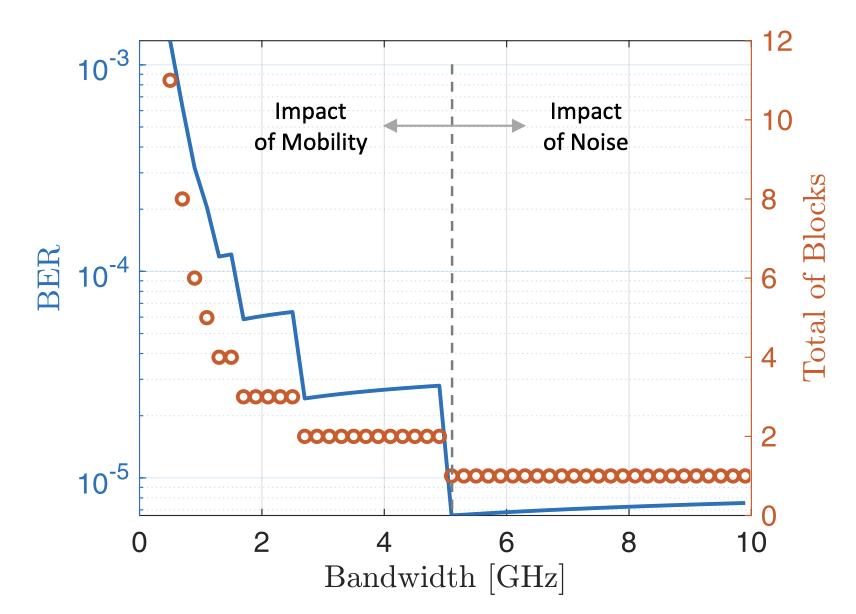Literature Database Entry
mayr2012untersuchung
Matthias Mayr, "Untersuchung der Echtzeitfähigkeit von Broadcast-basierten Protokollen für einen Kreuzungsassistenten," Bachelor Thesis, Institute of Computer Science, University of Innsbruck, November 2012. (Advisors: Stefan Joerer, Christoph Sommer and Falko Dressler)
Abstract
In this bachelor thesis the broadcast-based Adaptive Traffic Beacon (ATB) protocol, a protocol used in car-to-X communications, which was developed at the chair, is examined for its real-time capability. ATB is adaptive in matters of the channel quality and the priority of the messages to send. So if there is a high traffic density,the channel should not be overloaded.To analyse this, different traffic situations at a crossroad of the inner city in Innsbruck will be simulated within simulation framework Veins. Veins is used to connect the traffic simulator SUMO and the event-based network simulator OMNeT++. In this simulations, safety relevant informations like the current position and speed, are sent periodically to all other road users, which are in range. After that,it will be analysed how much time these beacons need to arrive at the receivers and in which intervals these informations are transmitted, without overloading the channel.
Quick access
Contact
Matthias Mayr
BibTeX reference
@phdthesis{mayr2012untersuchung,
author = {Mayr, Matthias},
title = {{Untersuchung der Echtzeitf{\"{a}}higkeit von Broadcast-basierten Protokollen f{\"{u}}r einen Kreuzungsassistenten}},
advisor = {Joerer, Stefan and Sommer, Christoph and Dressler, Falko},
institution = {Institute of Computer Science},
location = {Innsbruck, Austria},
month = {11},
school = {University of Innsbruck},
type = {Bachelor Thesis},
year = {2012},
}
Copyright notice
Links to final or draft versions of papers are presented here to ensure timely dissemination of scholarly and technical work. Copyright and all rights therein are retained by authors or by other copyright holders. All persons copying this information are expected to adhere to the terms and constraints invoked by each author's copyright. In most cases, these works may not be reposted or distributed for commercial purposes without the explicit permission of the copyright holder.
The following applies to all papers listed above that have IEEE copyrights: Personal use of this material is permitted. However, permission to reprint/republish this material for advertising or promotional purposes or for creating new collective works for resale or redistribution to servers or lists, or to reuse any copyrighted component of this work in other works must be obtained from the IEEE.
The following applies to all papers listed above that are in submission to IEEE conference/workshop proceedings or journals: This work has been submitted to the IEEE for possible publication. Copyright may be transferred without notice, after which this version may no longer be accessible.
The following applies to all papers listed above that have ACM copyrights: ACM COPYRIGHT NOTICE. Permission to make digital or hard copies of part or all of this work for personal or classroom use is granted without fee provided that copies are not made or distributed for profit or commercial advantage and that copies bear this notice and the full citation on the first page. Copyrights for components of this work owned by others than ACM must be honored. Abstracting with credit is permitted. To copy otherwise, to republish, to post on servers, or to redistribute to lists, requires prior specific permission and/or a fee. Request permissions from Publications Dept., ACM, Inc., fax +1 (212) 869-0481, or permissions@acm.org.
The following applies to all SpringerLink papers listed above that have Springer Science+Business Media copyrights: The original publication is available at www.springerlink.com.
This page was automatically generated using BibDB and bib2web.

